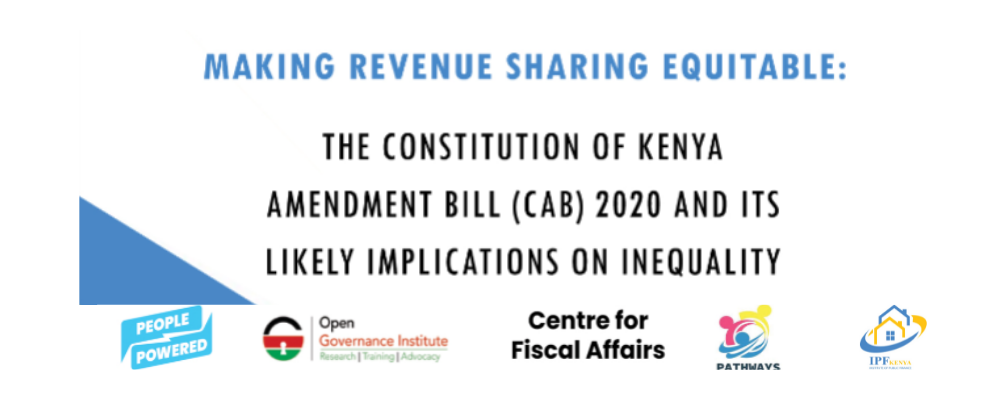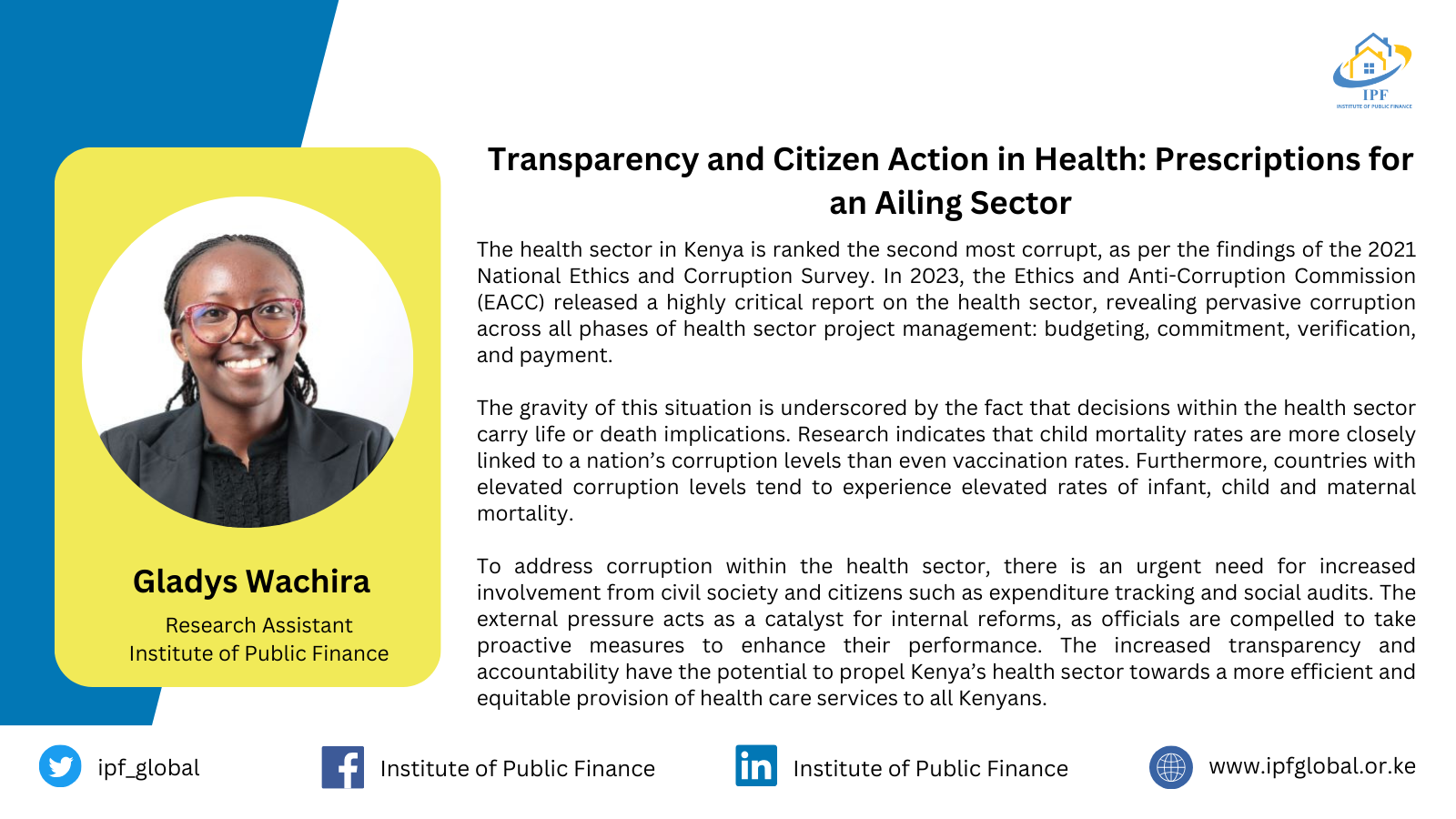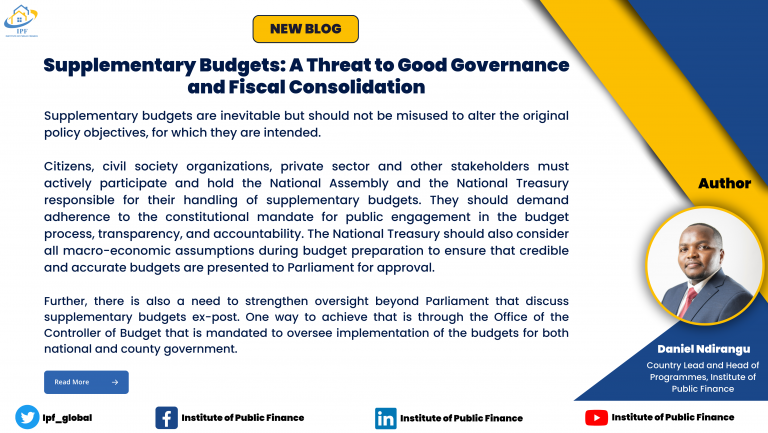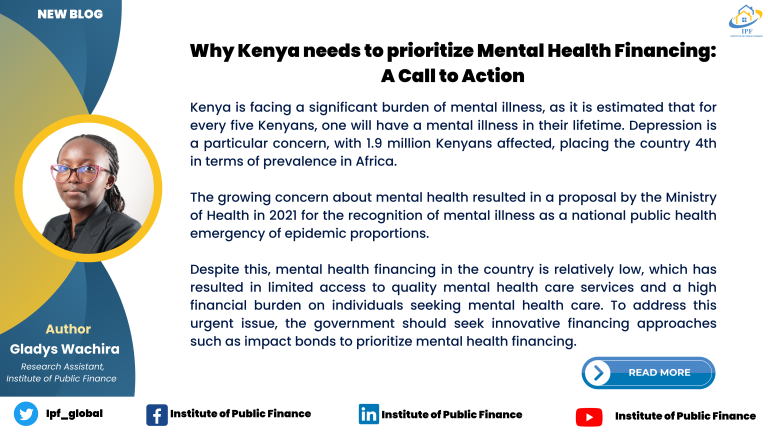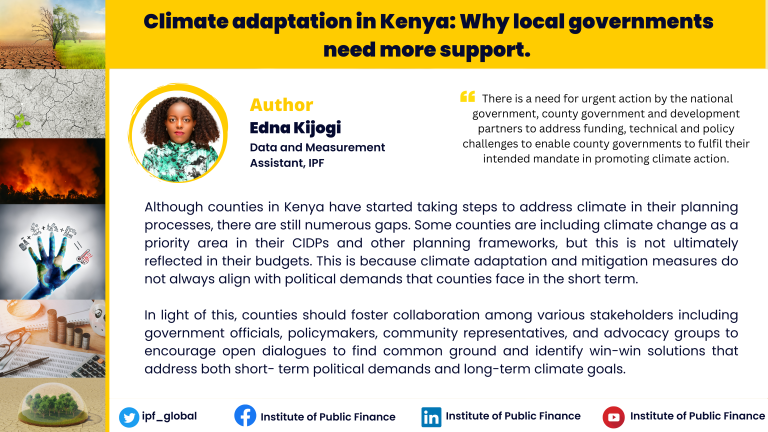Article 202 of the Constitution of Kenya stipulates that revenue raised nationally shall be shared equitably between the National and County governments. The Article also states that both the National and County governments should share the revenue equally, as raised from national taxes.
In March 2018, the Constitution of Kenya Amendment Bill (CAB) 2020, which proposes amendments to several articles in the Constitution of Kenya 2010 was established. This bill proposes to increase the number of constituencies in Kenya from 290 to 360 (additional 70 new constituencies); increase equitable share of revenues raised nationally allocated to county governments from the current minimum of about 15% to a minimum of 35%; cap allocation between counties based on per capita and determine the participatory process in the Building Bridges Initiative (BBI).
As a highly emotive and political process, revenue allocation required an independent arbitrator who considered public views and interested parties participation. The Commisision of Revenue Allocation (CRA) was therefore established with a mandate to lead the revenue sharing process by making recommendations on the basis of equitable share among county governments and between national and county governments.
The Institute of Public Finance Kenya, People Powered, Open Governance Institute, Center for Fiscal Affairs and Pathways Policy Institute conducted a webinar to discuss the potential implications of these changes as proposed in CAB 2020;
- Increase the number of constituencies in Kenya from 290 to 360 (70 new constituencies)
This will reduce Constituency Development Fund (CDF) allocations to the existing constituencies if the CDF Act is not amended to increase the total allocation to CDF from the current 2.5% of the national government’s revenue. Each existing constituency received an average CDF allocation of Kshs. 137 million in the FY 2020/21 and this will reduce to Kshs. 110 million. Kisii, Garissa and Wajir counties will lose the highest amount in CDF allocation at Kshs 239 million, Kshs. 159.9 million and Kshs. 159.7 million respectively. Nairobi and Kiambu counties on the other hand will gain the highest amount in CDF allocations if the CDF Act is amended gaining Kshs. 1,645 billion and Kshs. 823 billion respectively.
2. Cap allocation between counties based on per capita and to create additional constitutional offices
Lamu County had the highest per capita allocation in the FY 2021/22 at Kshs. 21,579 while Nairobi County had the lowest per capita allocation at Kshs. 4,378. Subjecting the county allocations to the per capita criterion, seven counties would lose a cumulative amount of Kshs. 8.12 billion. Lamu and Tana River Counties would lose an equivalent of 39% and 36% of their equitable share allocation respectively. Tana River County will lose Kshs. 2.378 billion which is Kshs. 270 million more than its allocation to compensation of employees in the FY 2020/21 budget. All the seven counties that would lose resources through the per capita allocation criterion have higher poverty incidences as compared to the national average.
3.Determine the participatory process in the Building Bridges Initiative (BBI)
Public participation in the CAB 2020 process appears to be tokenistic in nature. This led to concerned citizens and various civil society organizations to file eight constitutional petitions at the High Court of Kenya challenging the building Bridges Initiative and the subsequent CAB 2020. They raised various concerns including lack of effective public participation in the process, hurried nature of signature collection and approval and usurpation of constitutional offices by the Steering Committee. They sought the interventions of the High Court to declare the entire process unconstitutional. The High Court of Kenya concurred with the petitioners and ruled the Constitution Amendment process unconstitutional due to limited public participation.
Recommendations from the Webinar
CAB 2020 if implemented in its present form might increase inequality in the country. In conclusion, it was established that the Commission of Revenue Allocation (CRA) and the Senate have the mandate to recommend revenue sharing basis. The following suggestions were proposed;
National Assembly should amend NG-CDF Act 2015 to increase allocation to CDF if the CAB 2020 proceeds to referendum. This will prevent existing constituencies from losing resources to finance the additional 70 constituencies. The National Assembly is to develop legislation to further devolve functions to the county governments in line with the increased equitable share (a minimum of 35%) from a current minimum of 15%.
The Senate, together with CRA to develop a more equitable revenue sharing framework while leading discussions on any change to revenue sharing framework affecting the county governments. As revenue allocation increases, so do the conflicts on how to share the allocated revenues.
Commission on Revenue Allocation (CRA) should sensitize the political class on the revenue sharing basis, especially the data that informs the formulas. Any recommendations on revenue sharing frameworks should be publicly available in various sectors. CRA to convene citizens’ engagement forum to make future recommendations on revenue sharing process have a bottom-up democratic approach. Engagements should start at the development of revenue sharing basis rather than validation.
National and County Executives to ensure public participation is effective through provision of ample time for citizen engagement and conduct civic education on important governance aspects especially in the budget process. Provision of citizen friendly versions of crucial policy documents is necessary to enable effective engagement during public participation.
For more information, kindly find the full report here.
